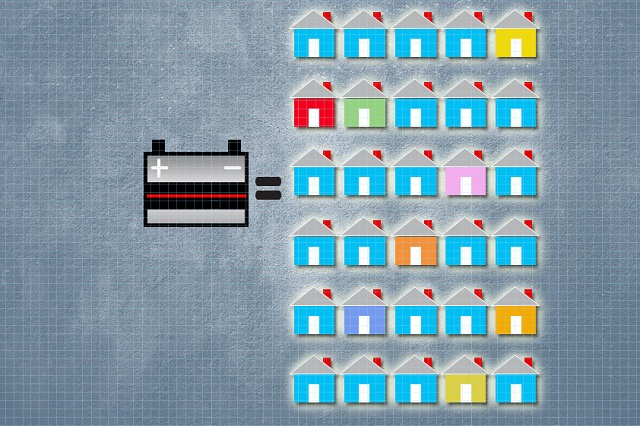 Illustration: Christine Daniloff/MIT
Illustration: Christine Daniloff/MIT
Lead pollution is a constant risk when disposing of batteries. Now a team at MIT have proposed a system capable of recycling materials from old car batteries into durable solar panels. The development uses perovskite technology and could offer an new life for waste battery material.
The use of lead in the perovskite technology was initially described as its major drawback due to the release of toxic residues as a result of lead production from raw ores. However, the use of recycled lead from discarded car batteries enables the manufacturing process to prevent the toxic material from ending up in landfills and recycle it into long-lasting solar panels.
According to the research team’s analysis, since the perovskite photovoltaic material can take a thin film form of thickness of half a micrometer, the lead recycled from a single old car battery could be used to manufacture solar panels that could generate electricity for 30 households.
Like most solar panels, the complete encapsulation of the lead-containing layer in a finished perovskite solar panel by other materials limits the risk of lead pollution of the environment. At the end of the service life of the solar panels, the lead can be reused in the production of new solar panels.
MIT researchers show how to recycle materials from old car batteries into new solar panels. (Video courtesy of the researchers)
Co-author of the study, Angela M. Belcher said that the production of perovskite solar cells is a low-temperature process with lesser number of steps when compared to the production of traditional solar cells. The researchers have shown that recycled lead from discarded batteries is equally good as freshly produced metal for the manufacture of perovskite solar cells.